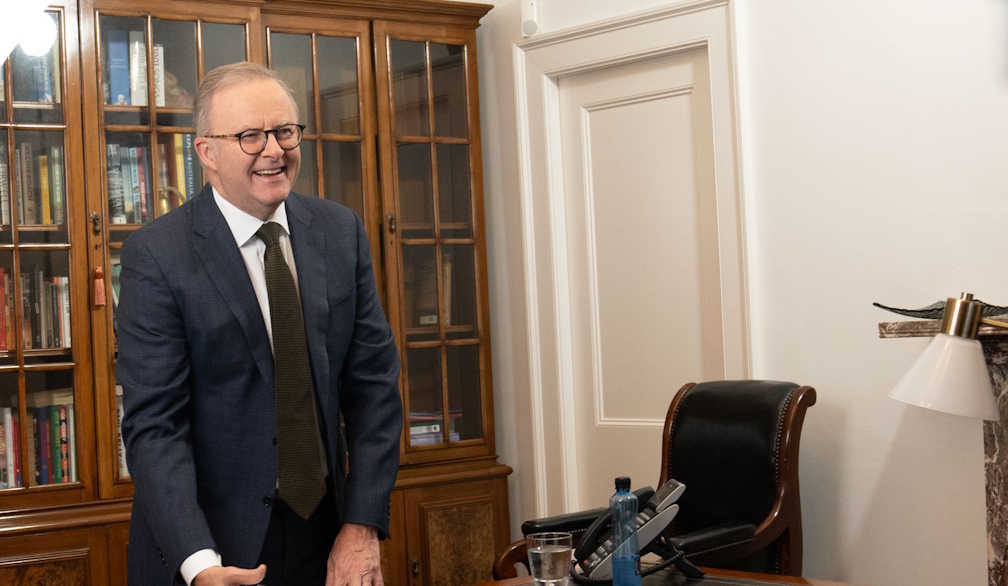Voters have a clear choice. Labor’s long term and equitable tax reform or the Coalition’s big but one-off tax cuts
- Written by Isaac Gross, Lecturer in Economics, Monash University

The election campaign has erupted into a economic battleground as Labor[1] and the Coalition[2] unveiled major new tax policies at their campaign launches.
Each policy package is aimed at addressing the mounting cost-of-living pressures facing millions of Australians.
Labor’s flagship announcement is a new standard tax deduction of $1,000 per year for work-related expenses. It represents a permanent reform designed to simplify the tax system and provide consistent, predictable relief.
Economically, it reduces compliance costs and inefficiencies by eliminating paperwork and receipt-keeping for millions of Australians.
According to a Blueprint Institute report[3], simplifying tax deductions through a standard deduction can significantly reduce compliance costs and increase economic efficiency. It potentially saves taxpayers and the government millions annually by streamlining the tax filing process.
This change reduces errors, improves efficiency and saves both individuals and the government significant time and resources.
A standard deduction can lead to increased compliance and fewer disputes. The Australian Taxation Office will not need to audit taxpayers who take the standard deduction. This will lower administrative costs and reduce the need for costly tax advice from accountants.
Additionally, a simpler tax system can enhance labour market participation. It does this by removing complexity that disproportionately affects lower-income workers and those without professional tax advice.
It also preserves the option for Australians with an unusually high number of deductions to keep deducting item by item as they currently do.
In contrast, the Coalition’s big-ticket announcement is a one-off Cost of Living Tax Offset[5]. It offers a refund of up to $1200 to workers earning up to $144,000 annually.
Similar in structure to the previous Morrison government’s Low and Middle Income Tax Offset (LMITO)[6], this measure provides short-term relief rather than systemic reform.
Economically, the Coalition’s approach injects rapid fiscal stimulus into the economy, targeting households under significant financial strain from rising living costs.
By providing direct rebates after the lodgment of the 2025-26 tax return, the Coalition aims to boost disposable incomes and encourage consumer spending without permanently altering tax scales.
The temporary nature of the Coalition’s offset, priced at $10 billion, allows fiscal flexibility. It mitigates potential inflationary pressures by avoiding permanent spending increases, thereby providing immediate relief without structurally embedding costs into the budget.
Coupled with the Coalition’s pledge to cut the fuel excise by 25¢ per litre immediately after the election, the tax offset represents a significant short-term fiscal injection. It offers immediate political advantage but limited longer-term economic reform.
The economic debate between Labor and the Coalition has now crystallised around differing perspectives on fiscal management and economic intervention.
Labor prioritises systemic reforms aimed at simplification and equity. The Coalition emphasises immediate, substantial cash injections to households through temporary relief measures. Both policies entail substantial fiscal commitments, yet differ markedly in their timing, permanence and structural impact on the Australian economy.
Voters face a clear economic choice: Labor’s systemic tax simplification versus the Coalition’s aggressive short-term tax relief.
References
- ^ Labor (alp.org.au)
- ^ Coalition (theconversation.com)
- ^ report (static1.squarespace.com)
- ^ Lukas Koch/AAP (photos.aap.com.au)
- ^ Cost of Living Tax Offset (www.miragenews.com)
- ^ Low and Middle Income Tax Offset (LMITO) (www.afr.com)
- ^ Mick Tsikas/AAP (photos.aap.com.au)




















